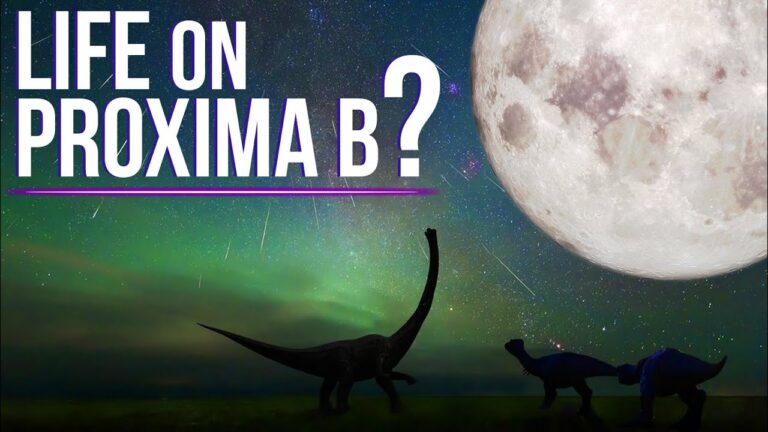Proxima B Updates: Could There Be Life On The Closest Exoplanet?
Proxima b is an exoplanet orbiting the star Proxima Centauri, which is the closest star to the Earth after the Sun. It was discovered in 2016 and is believed to be a potentially habitable rocky planet with a similar size to Earth, located in the habitable zone of its host star, where conditions could allow liquid water to exist on its surface.
Let’s discover some Recent news about Proxima B. In 2019 the Parkes Observatory in Australia detected a strange radio signal that seemed to come from the Alpha Centauri star system; after an arduous analysis, scientists ruled out that this signal came from outer space since it was most likely a signal from some artificial satellite.
While an extraterrestrial civilization did not send this signal, it reawakened the enthusiasm of the scientific community to find life outside our planet, especially since the Alpha Centauri system has the exoplanet Proxima B, which is quite similar to Earth.
Ready? Let’s get started!
Let’s compare it with Earth to find out what possibilities there are that life exists in Proxima B.
Proxima B has a radius of 1.1 concerning the Earth and a mass of 1.27 Earth masses; this means that both have very similar size and masses, only that Proxima B is a little larger; this is also in the habitable zone of its star, has a surface temperature that oscillates between −39 ° C and has all the conditions to harbor water on its surface.
But the similarities end here. Proxima B does not orbit a star like a sun but orbits the star Proxima Centauri, a red dwarf type star; this type of star are characterized because they are not so hot and emit jets of radiation spontaneously, which can tear the atmosphere of a planet like Proxima B.
In addition, although this exoplanet orbits within the habitable zone, this region is much closer to its star than our solar system’s habitable zone.
For example, if we were to place the habitable zone of Proxima Centauri in our solar system, it would be much closer than the orbit of Mercury. This means that Proxima B orbits very close to its star, so the effects of radiation and gravity must be felt intensely, affecting its atmosphere and even its rotation.
Do not forget to share your opinion with us to provide you with the best posts !




0 Comments